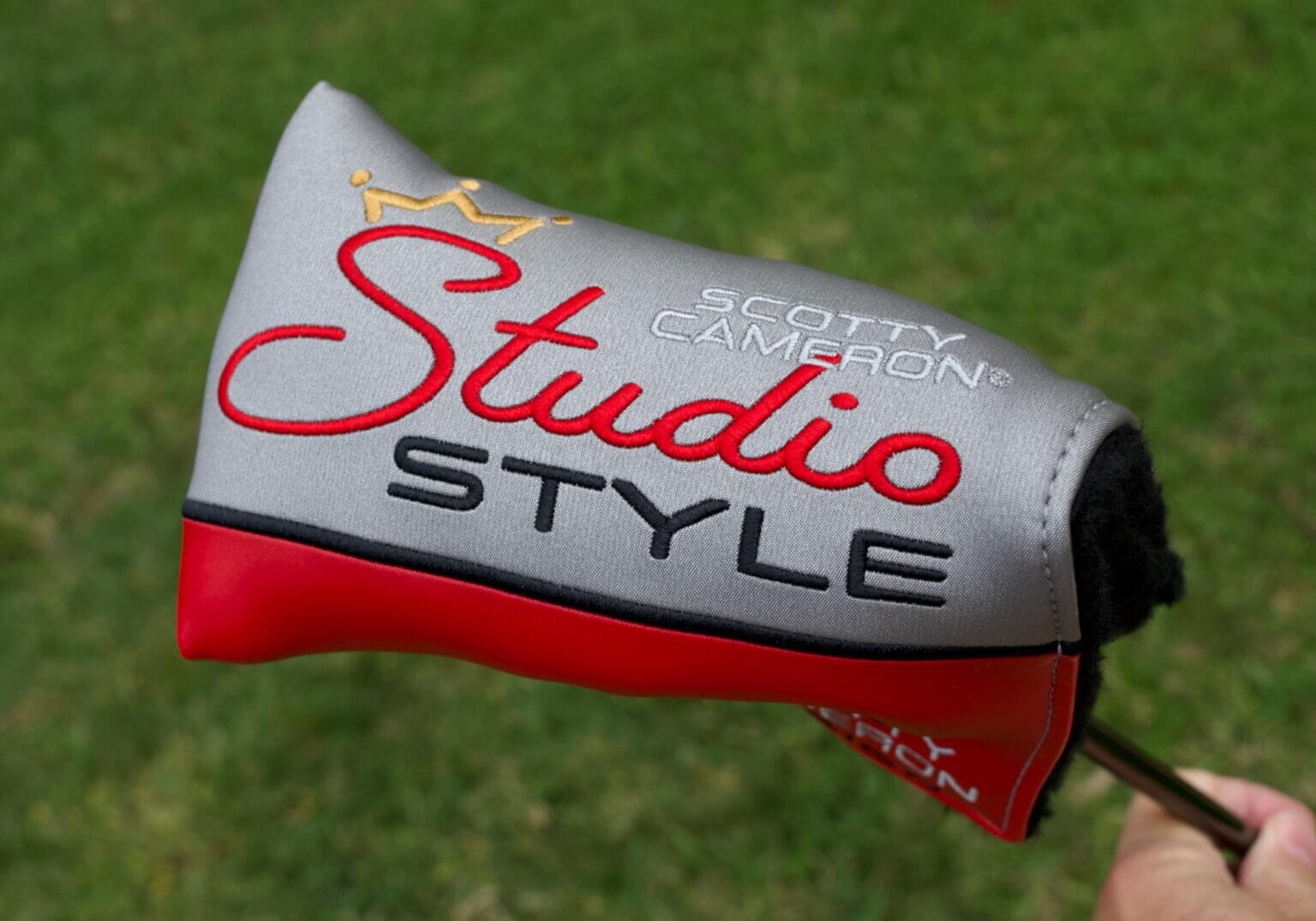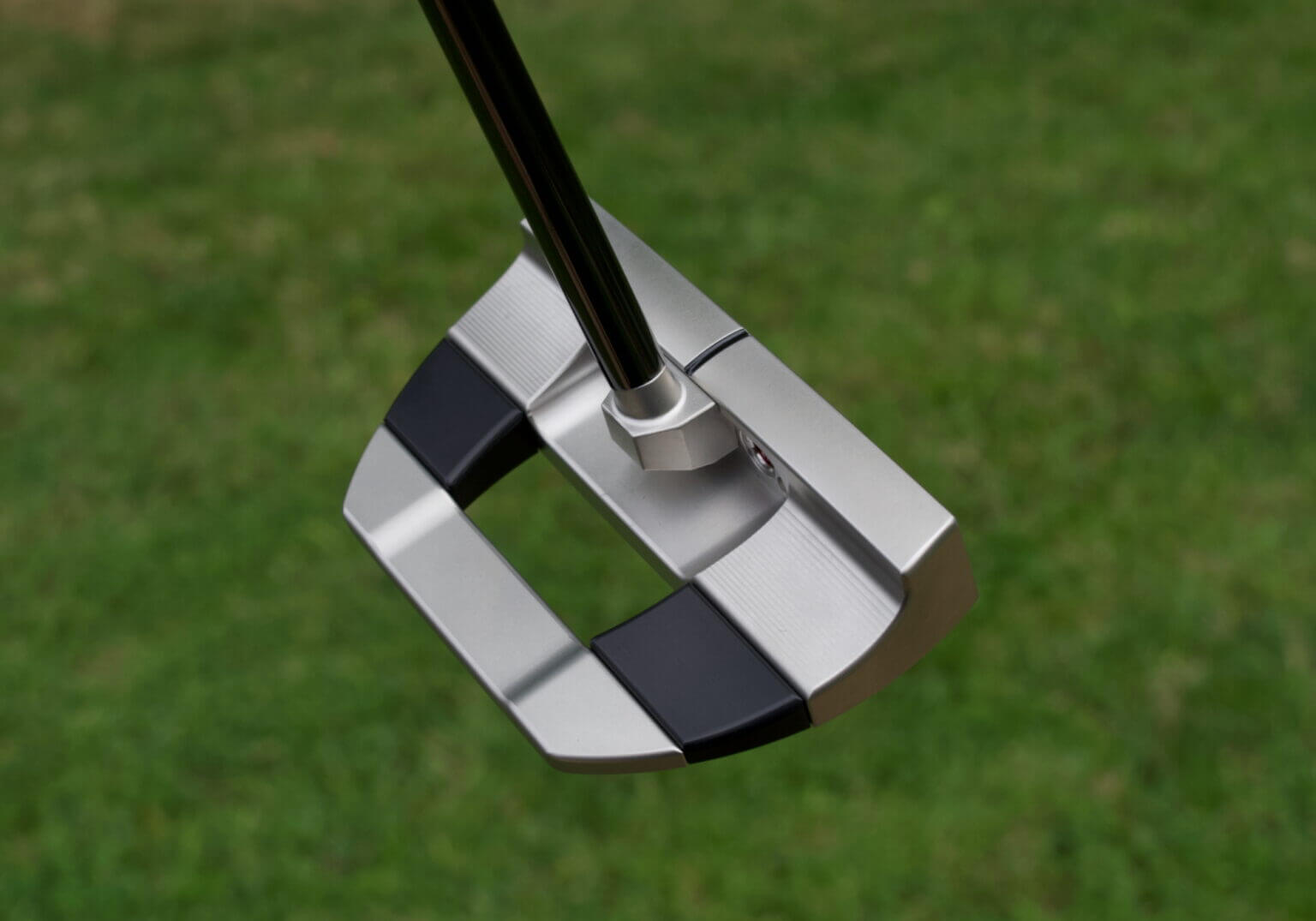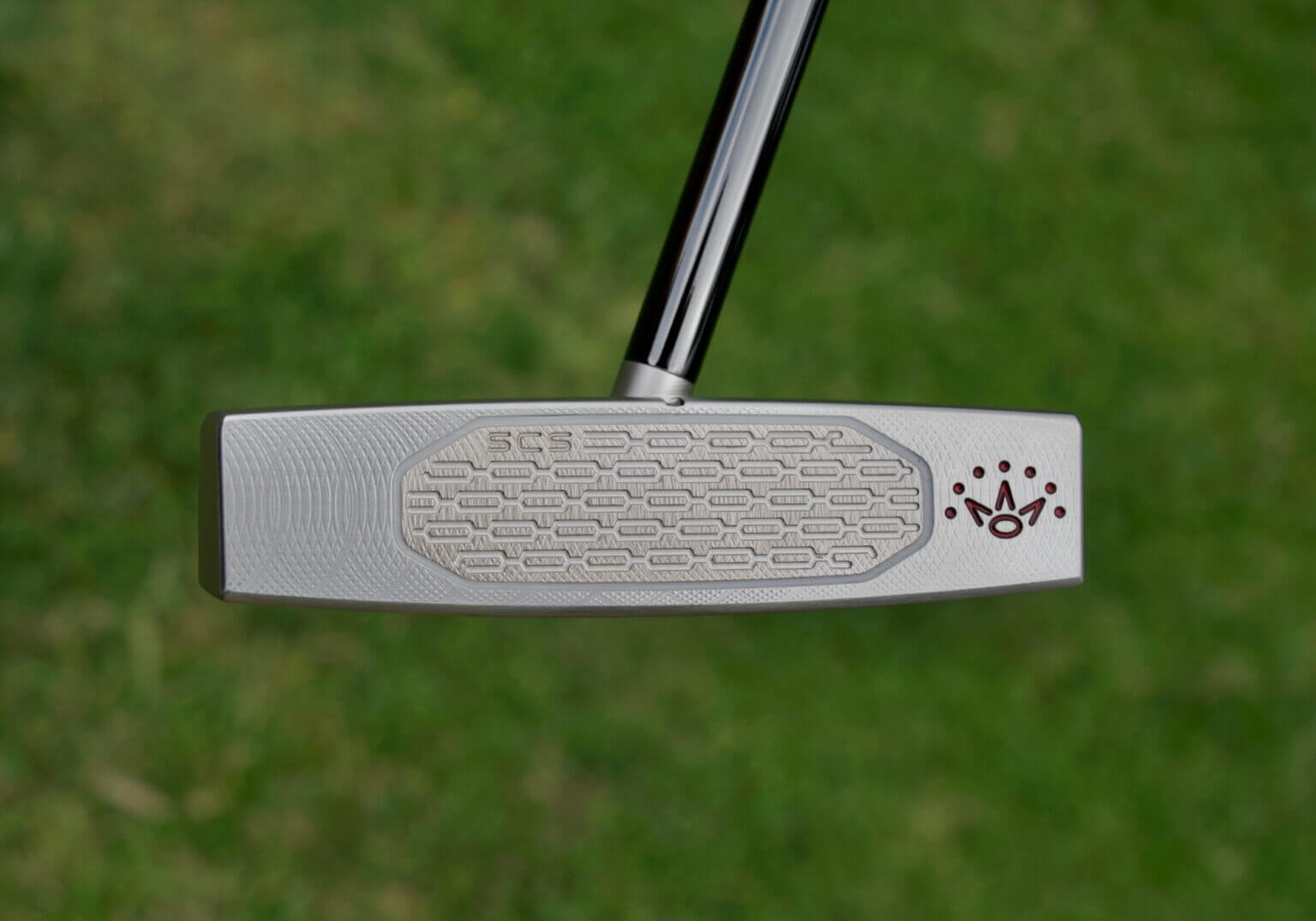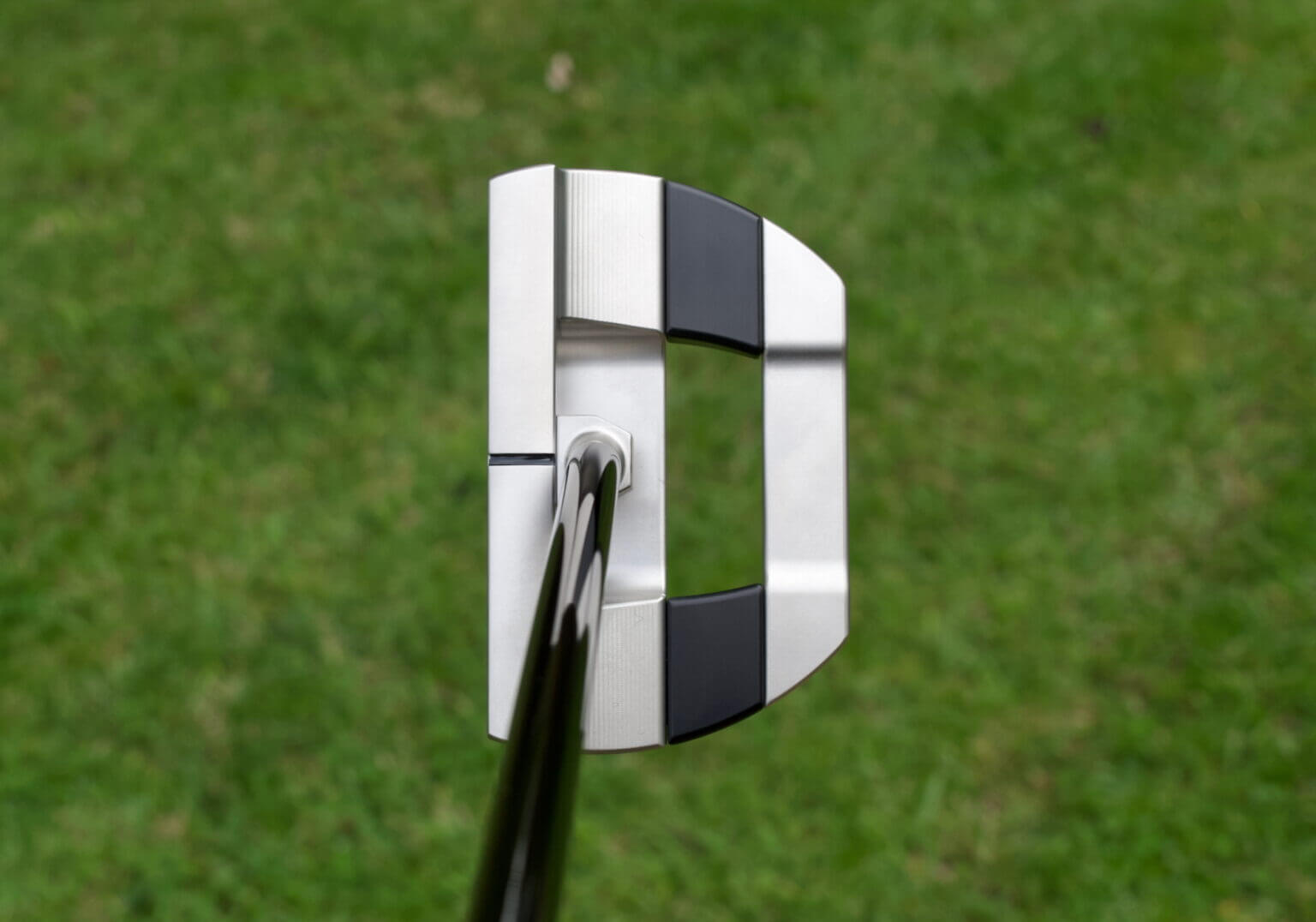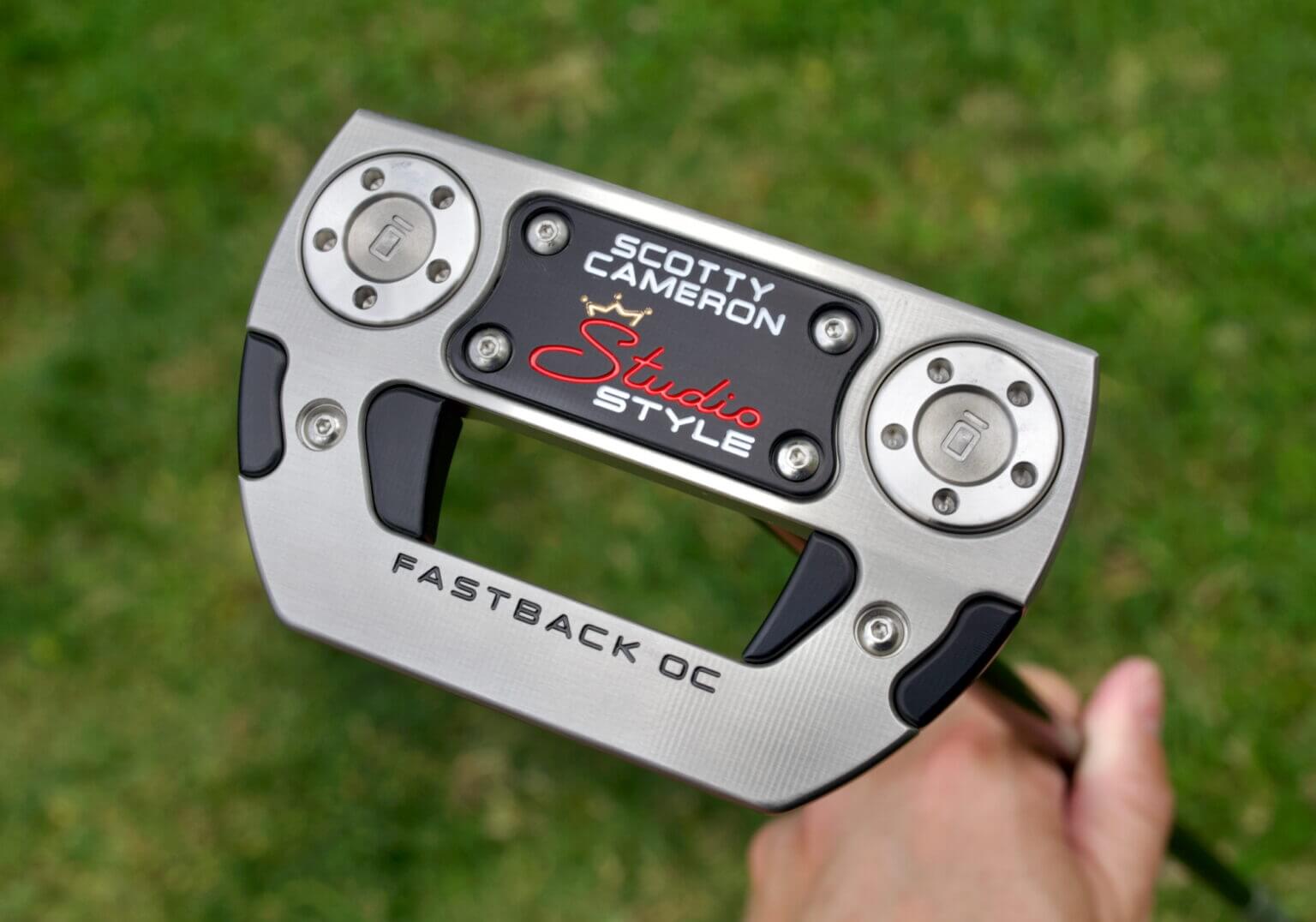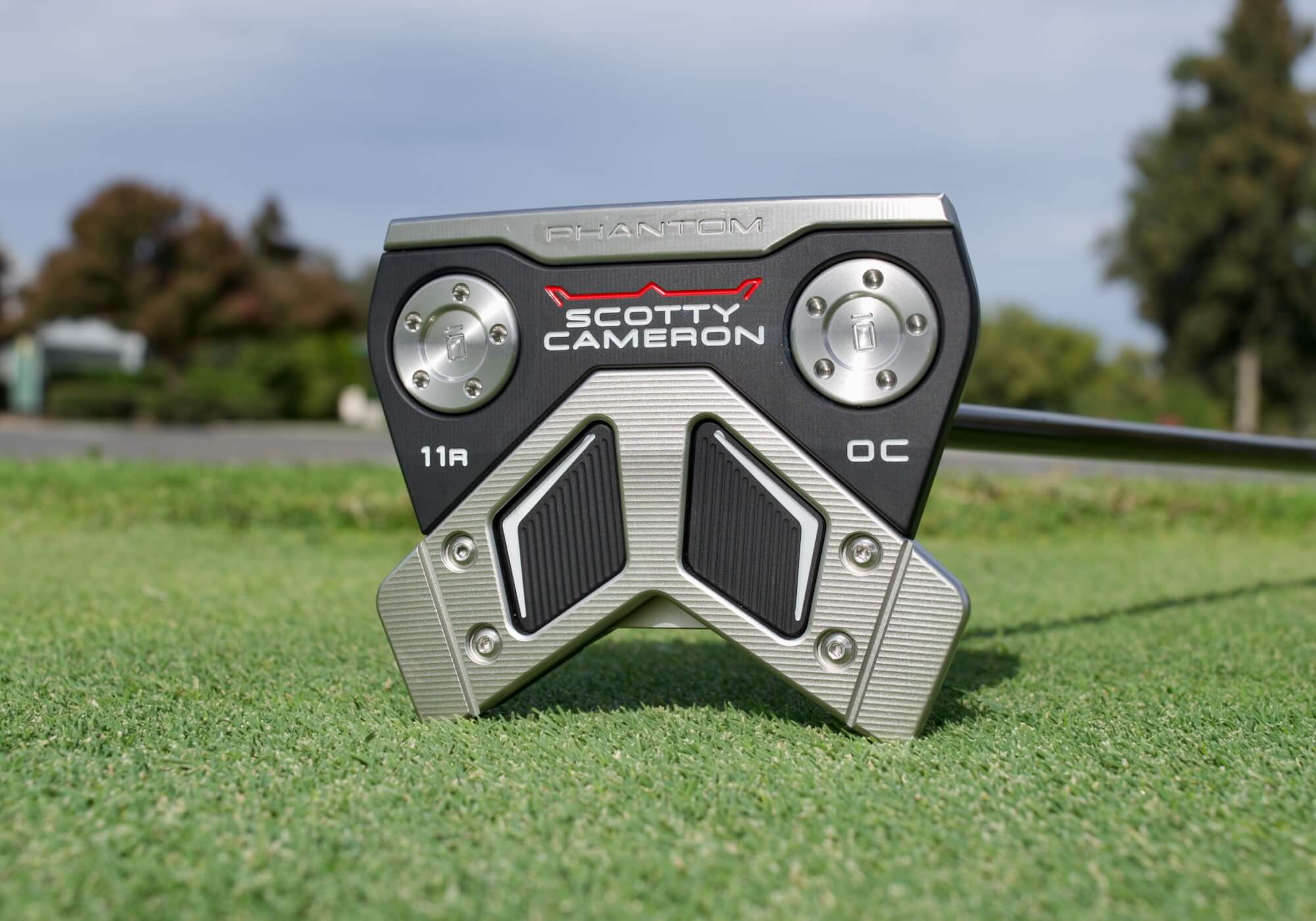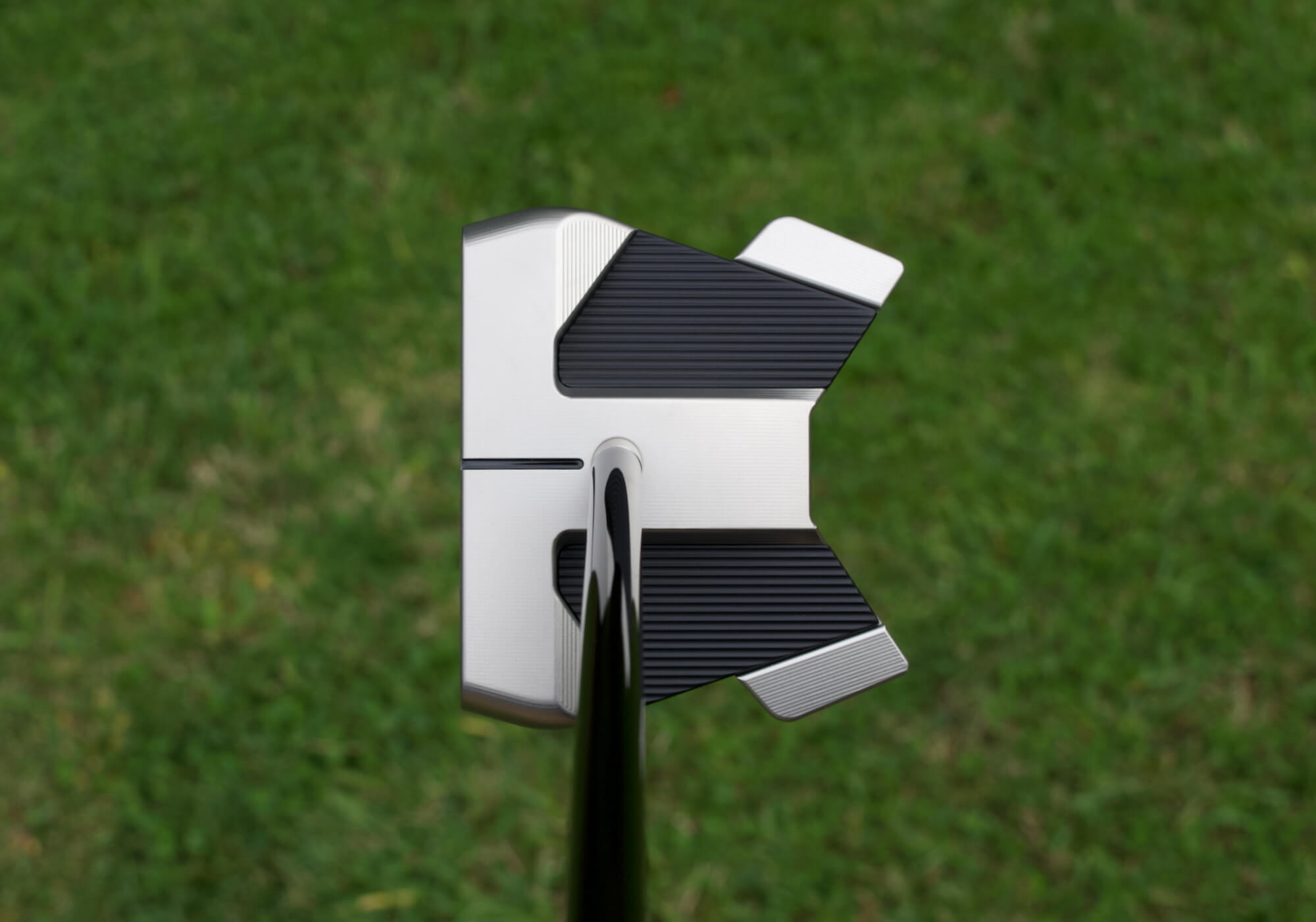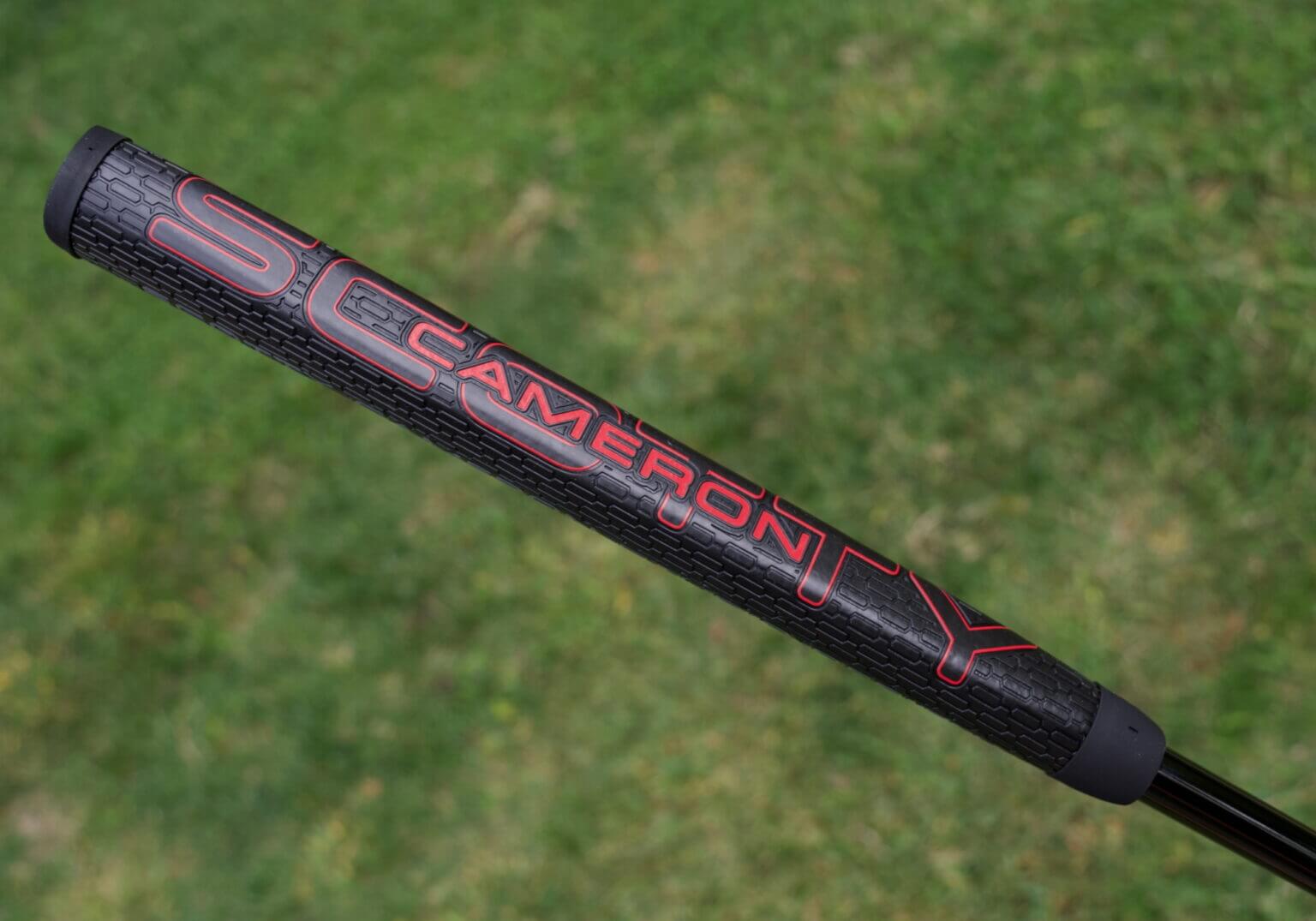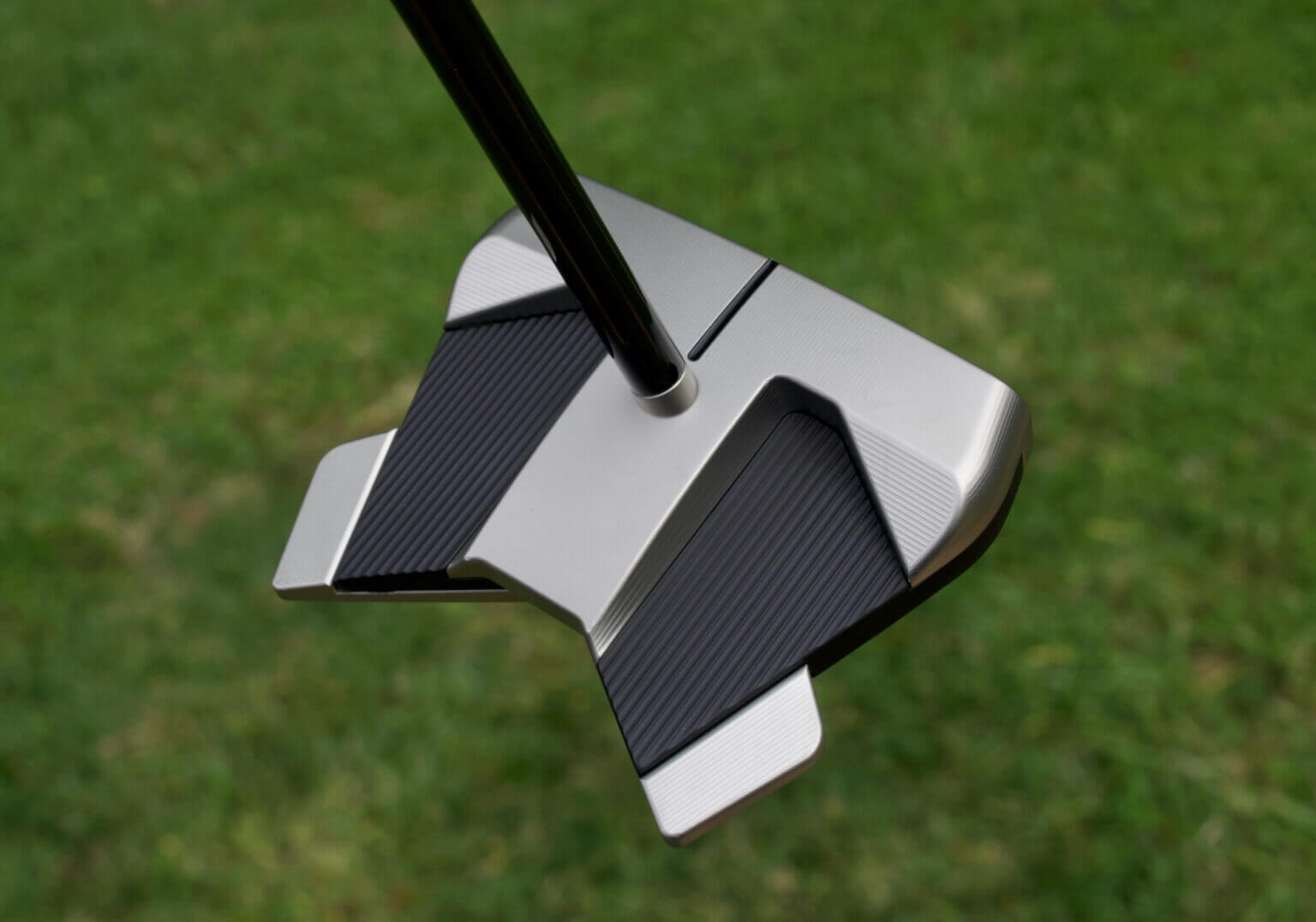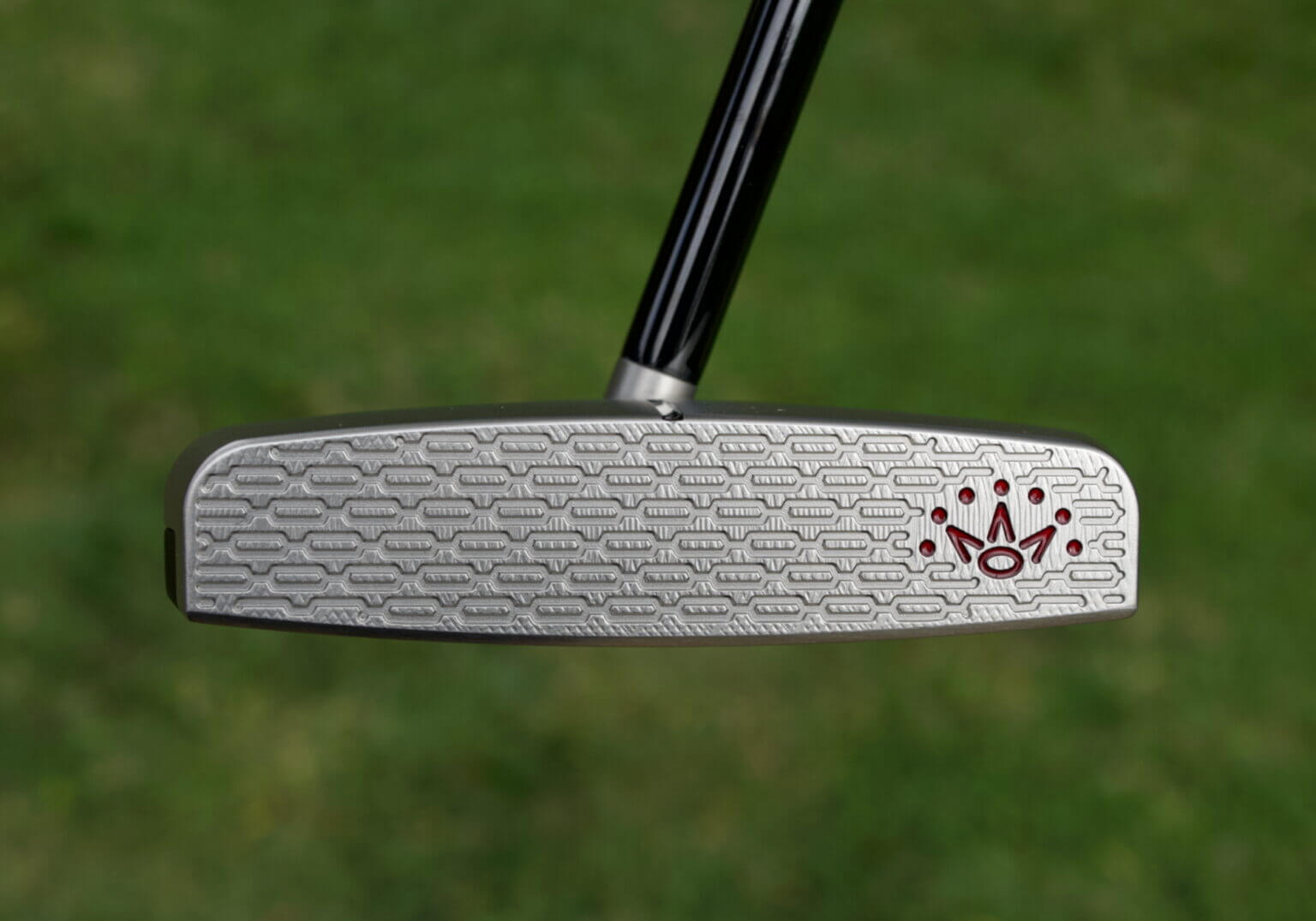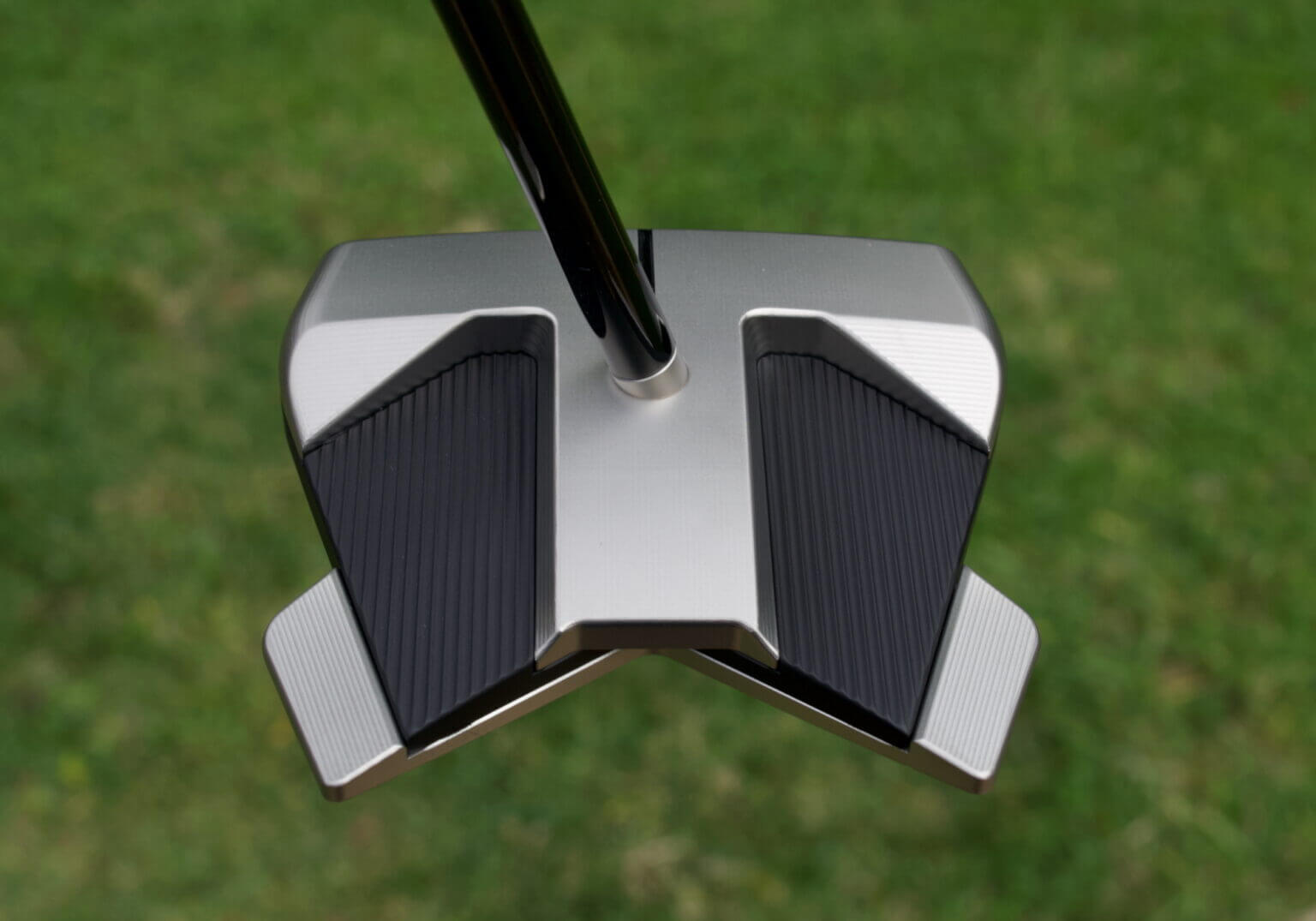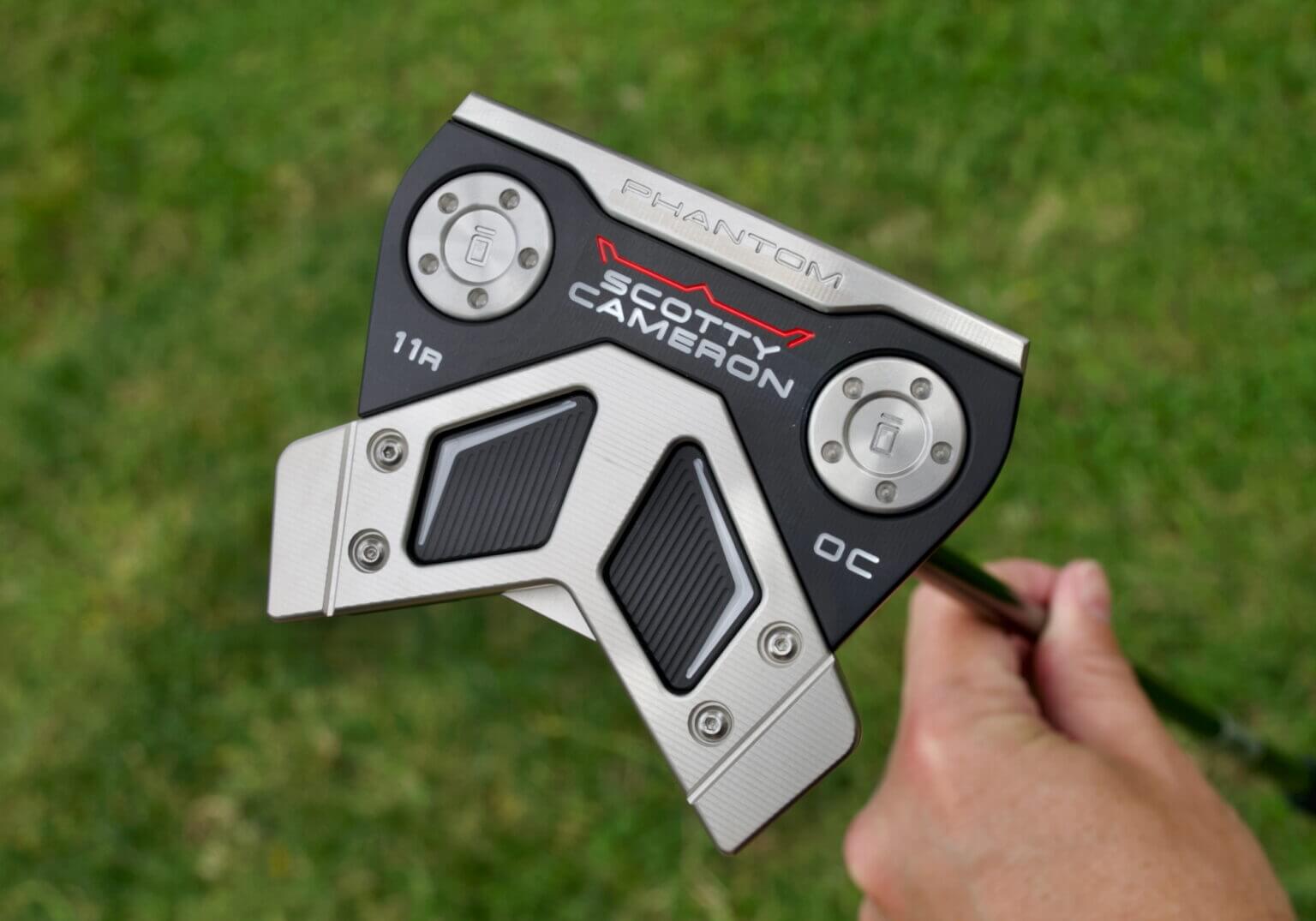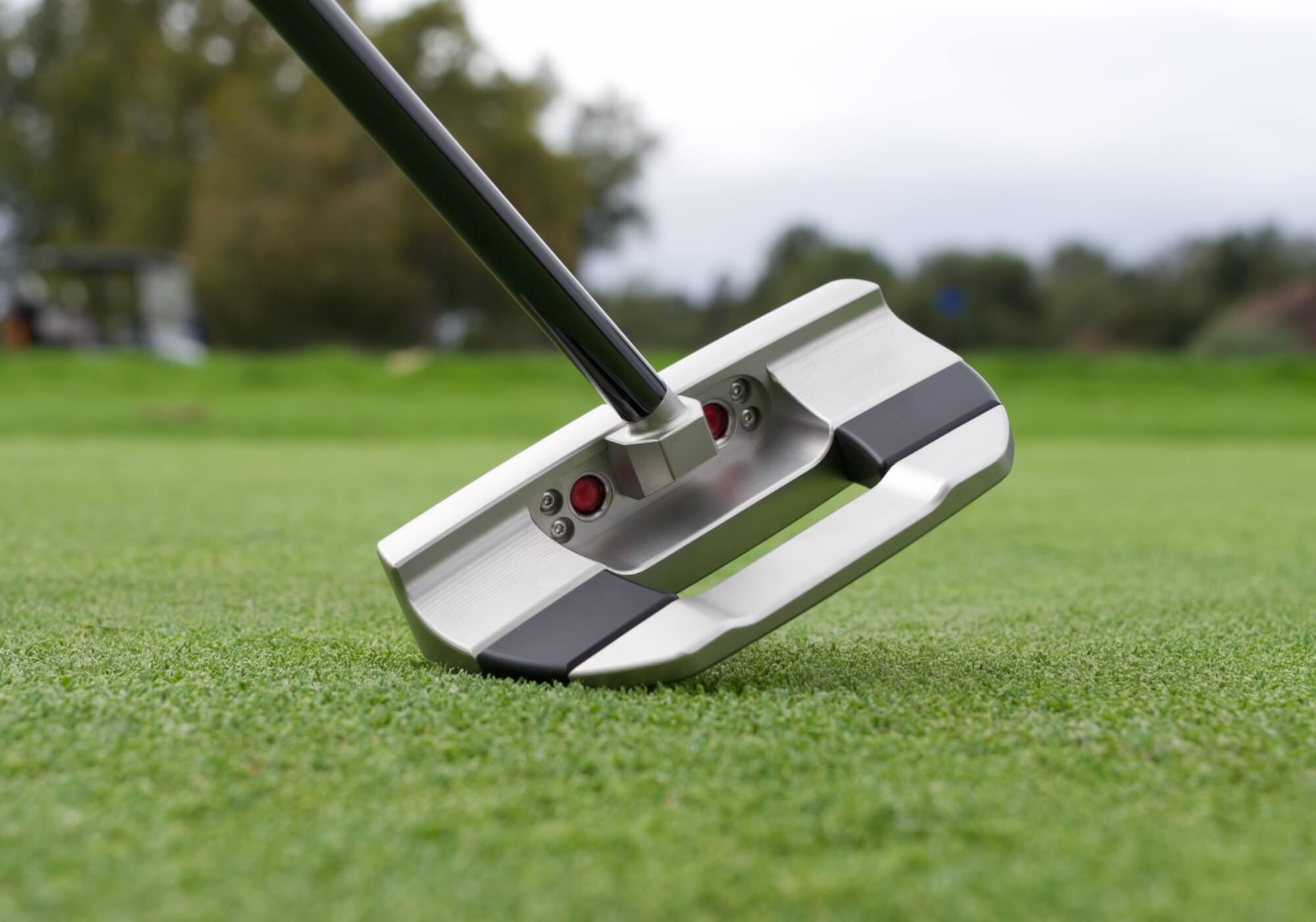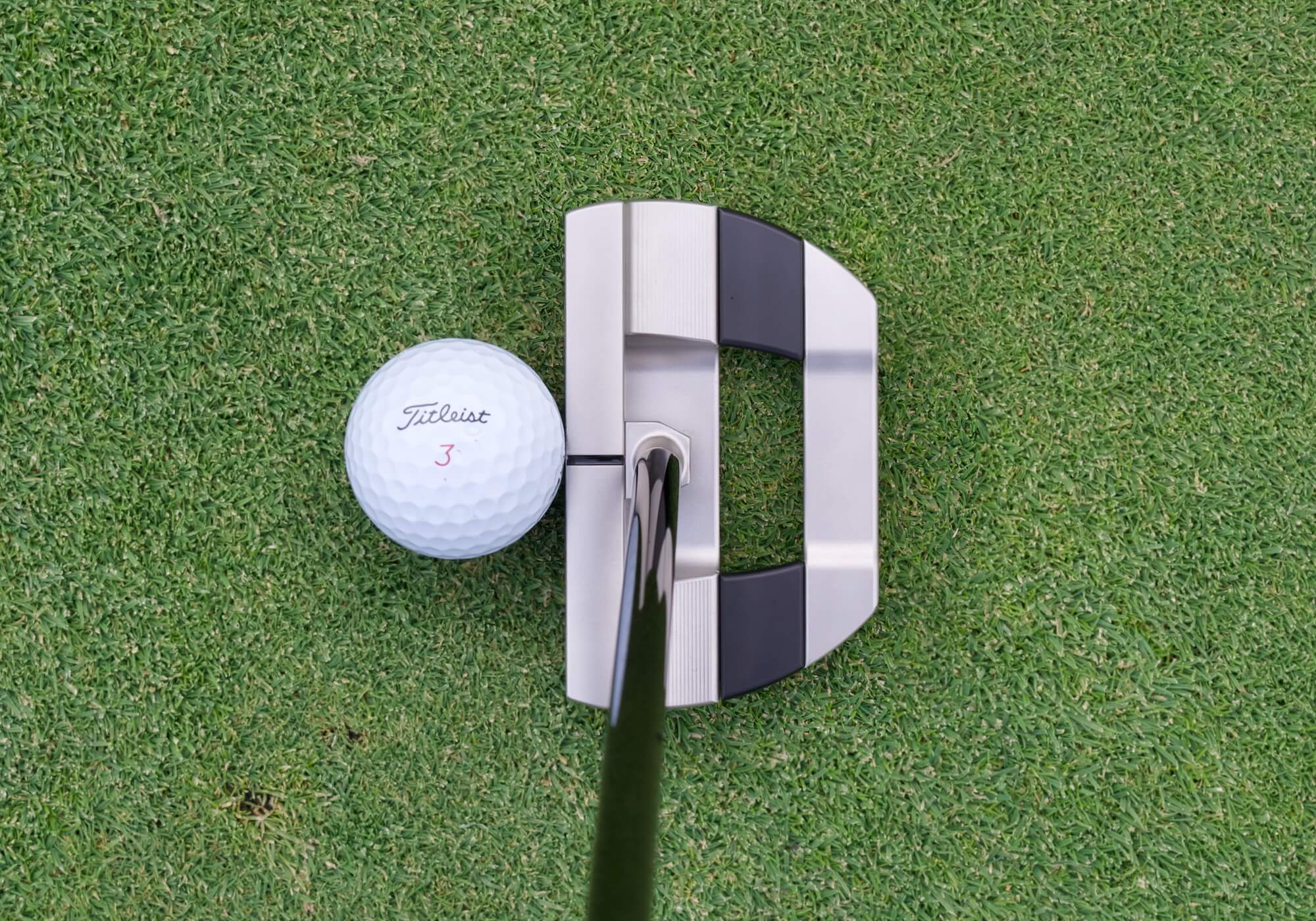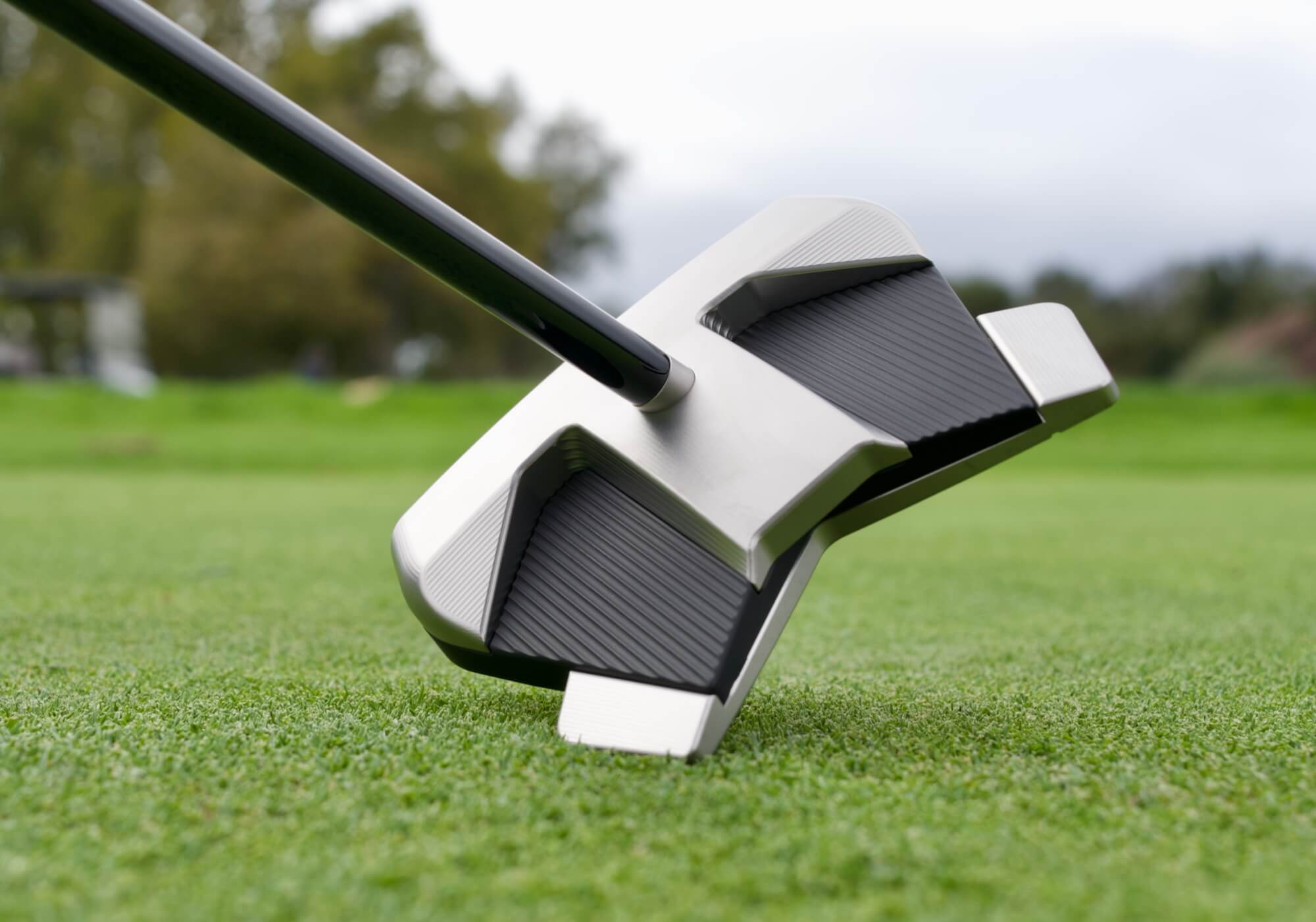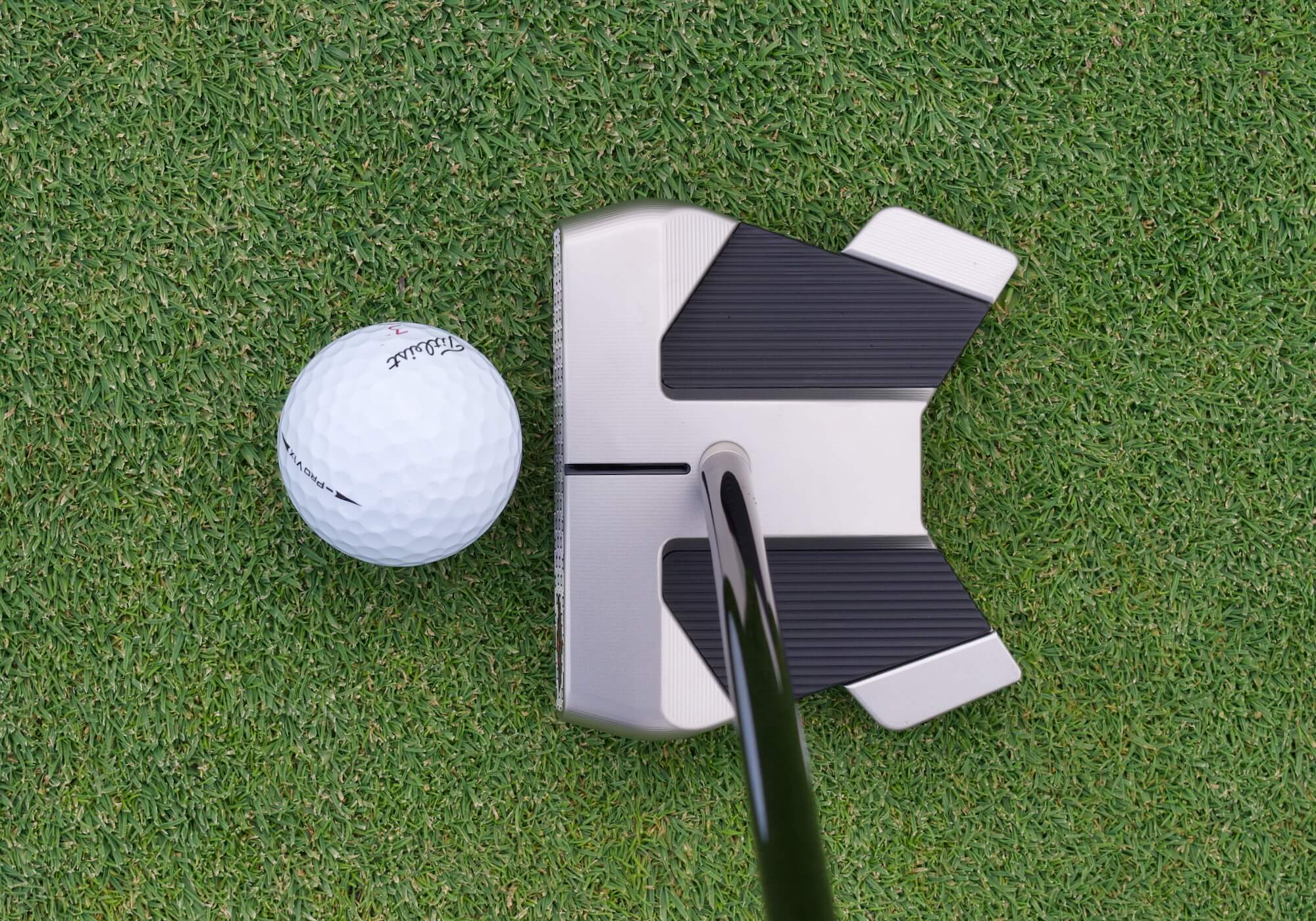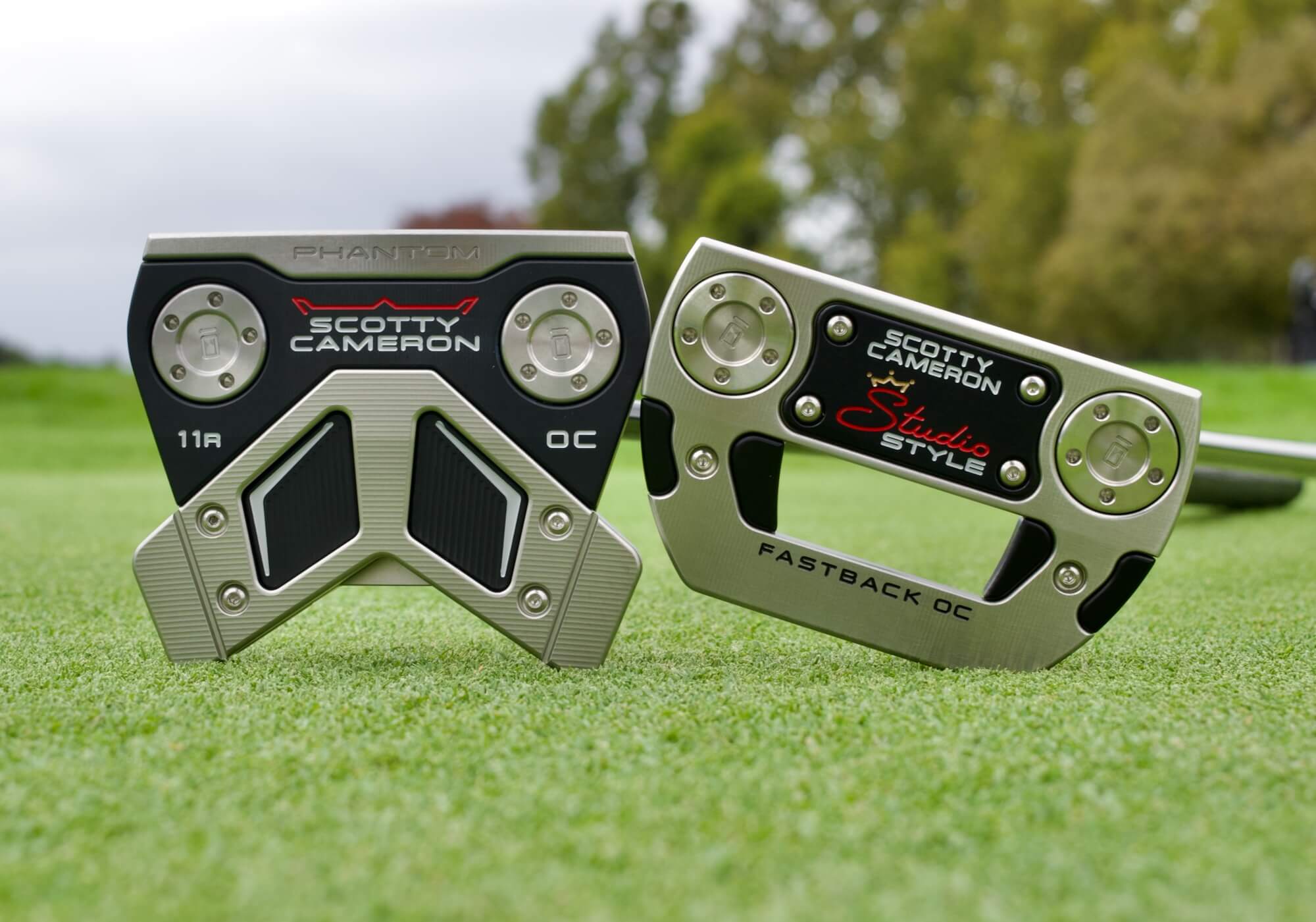Golfing News & Blog Articles
Scotty Cameron’s New OC putters Are Missing Something
When I learned that Scotty Cameron is promoting their new putters as line extensions, I had a little chuckle.
Technically, the new 11R OC and Fastback OC putters are extensions of the current Phantom and Studio Style putter lines, respectively. No fibs are flying there.
That said, to say these are in any way pedestrian extension releases is quite silly.
The lede that Cameron is burying is that these “line extensions” are Scotty Cameron’s new zero-torque putters.
You read that right. The Cameron Crew has entered the Torque Wars.
Late to the torque party?
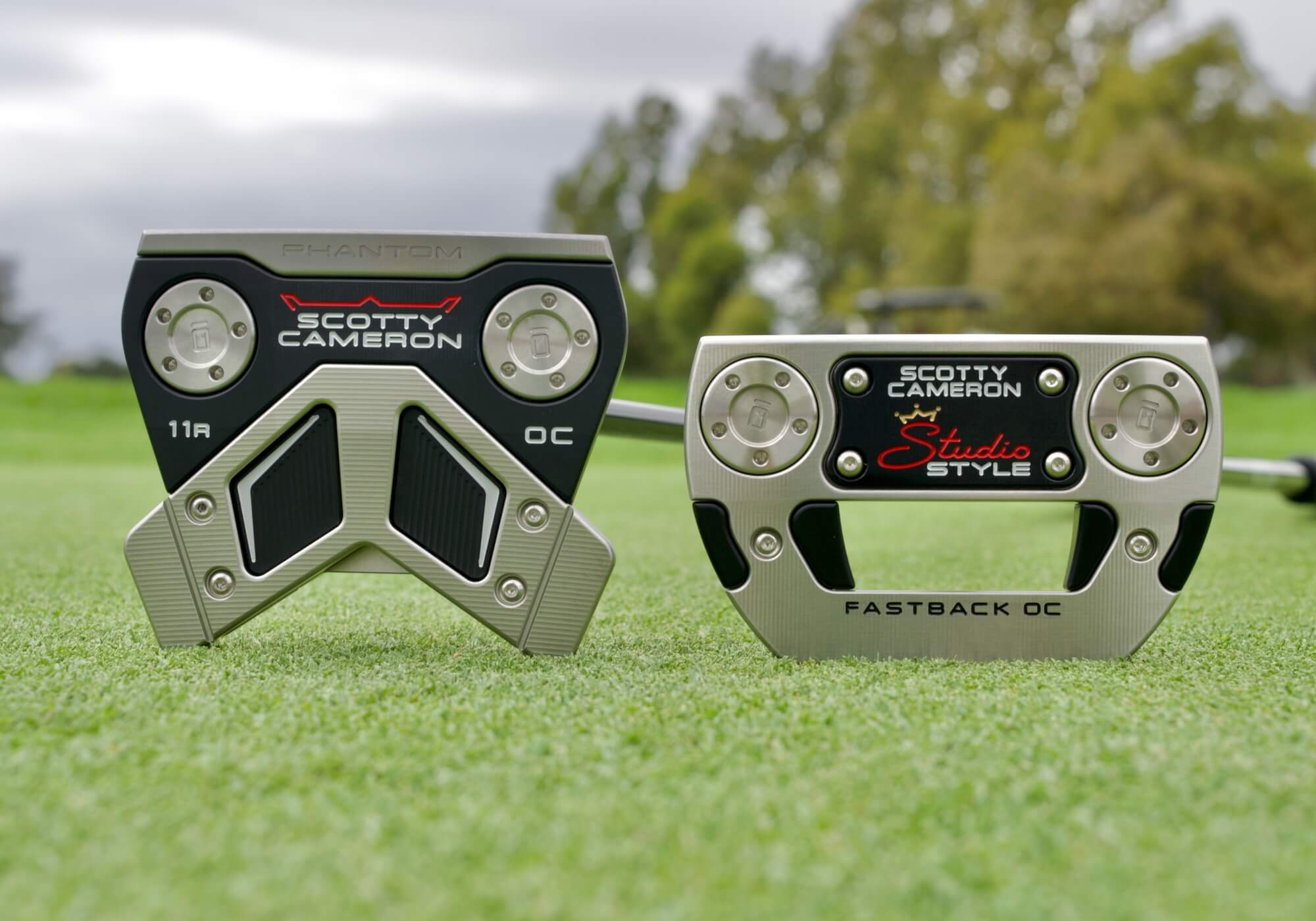
It’s taken a while for Scotty Cameron to bring his zero-torque plan to retail. We’ve seen glimpses of the prototypes on the PGA Tour, like in Gary Woodland’s bag. However, nothing has made it from the Tour truck to the golf shop until now.
In contrast, other companies have already cranked out numerous zero-torque designs. For example, Odyssey just unveiled their third incarnation of their Square 2 Square zero-torque putters.
What has taken Cameron so long to release a torque-balanced design?
The short answer is that the Cameron team wanted to get the zero-torque design right.
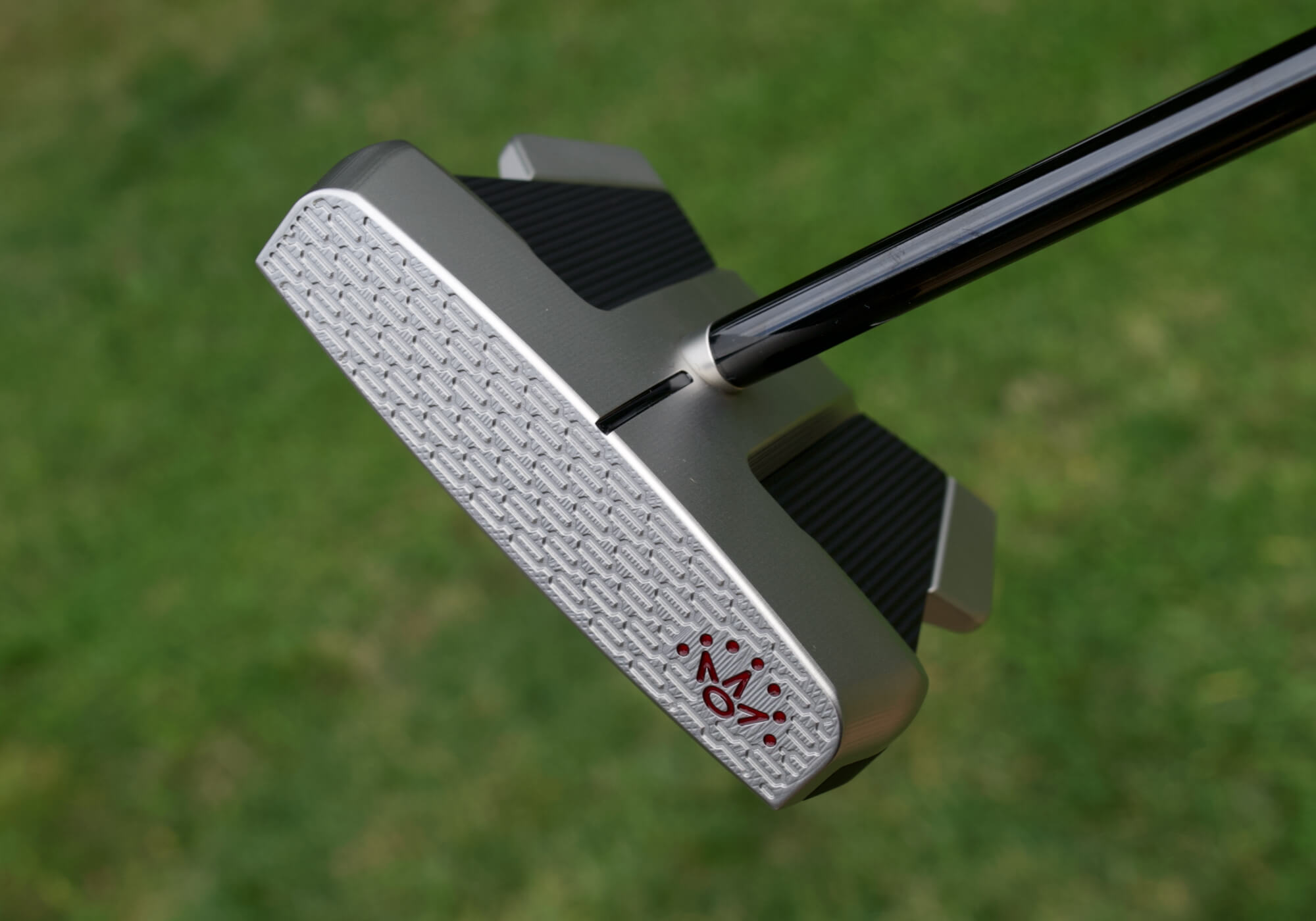
During the past year, Cameron has tested numerous zero-torque prototypes with their Tour players. My guess is that the models we saw out in the wild were greatly outnumbered by the other zero-torque prototype models we never saw.
While “getting is right” is a bit of a dodging answer, it makes sense when you look at the Cameron catalog.
Cameron putters have a signature look. It would make no sense as a brand for them to rush out zero-torque putters that don’t match their aesthetic or design standards.
Regardless, on Nov. 11, you will be able to purchase one of these new OC designs in your local shop.
SC goes OC

The Onset Center (OC) designation for the new models represents where the shaft/hosel is located. The shaft is positioned back from the face (onset) and at the center of gravity (center).
The shaft at the center-of-gravity story is commonplace in the land of zero-torque putters. Many other companies have eliminated torque in similar fashion.
Unlike L.A.B. Golf or Bettinardi zero-torque putters where the shaft attaches to the head in a drilled hole, Cameron’s OC shafts attach at spud hosels. The inclusion of a hosel allows slight adjustments to be made to lie and loft.
Cameron’s testing data determined that these minor adjustments do not significantly impact the torque profile of the putter. This includes adjusting the shaft lean +/- 1° from the stock 1° forward press setting.
The OC putters look, feel and behave like Cameron putters

From a general perspective, the Cameron zero-torque plan is very similar to the plans presented by other companies. This is not unexpected since torque elimination is dictated by physics, after all.
What makes the Cameron design different is that they spent a great deal of time ensuring that the OC putters look, feel and play like Scotty Cameron putters.
Achieving zero torque often comes at the expense of feel. Though I’m oversimplifying, torque is what makes a putter feel like a putter. If you eliminate torque, you potentially eliminate the ability to follow the head through the stroke.

This is not a bad thing but it does dictate that many zero-torque putter players must trust, not manipulate, the putter during the stroke. This is why there is often a learning curve when switching to zero-torque builds.
What is so interesting about the Cameron OC putters is that they still feel like putters when you swing them. The best plan is still to let the head do its thing but now you can see and feel the head as it goes past your toes.
Fancy faces for fantastic feel
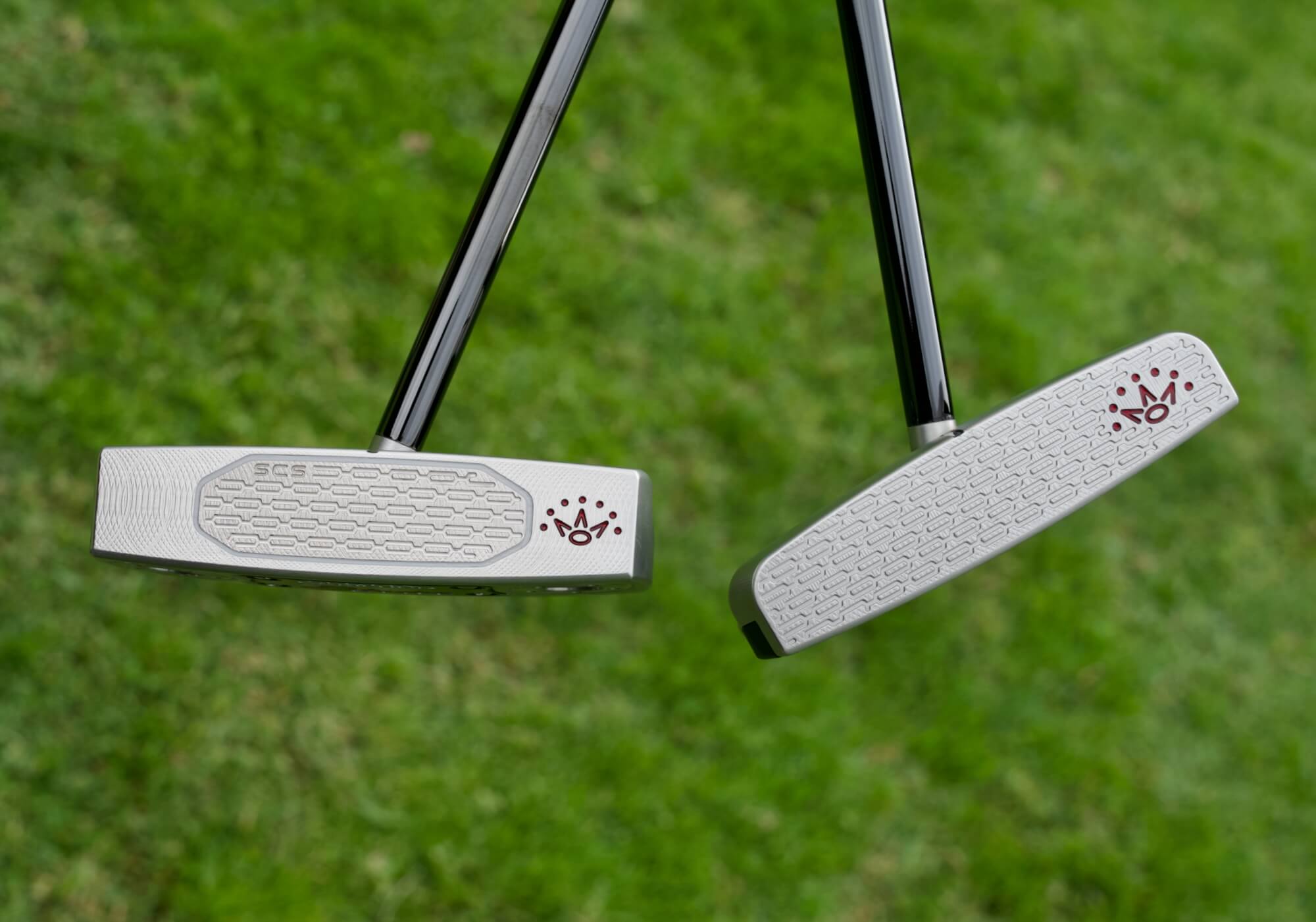
One of my favorite putter things of 2025 is the feel of Cameron’s Studio Style insert. The combination of the chain-link milling and carbon steel produces such a delightful feel at impact.
That insert bashing a Left Dash gets a chef’s kiss from this guy.
Since it is a line extension, the Studio Style Fastback OC putter has the same insert as the rest of the Studio Style line. No big surprise there.

What was a pleasant surprise was the inclusion of the chain-link milling on the Phantom 11R OC. The new pattern softens the feeling at impact compared to the other Phantom models with traditional milling.
In both cases, these putters produce a lively feel at impact. This is not always the case with zero-torque putters. Quite a few of them feel very muted at impact.
With both new putters, maintaining the Cameron look and feel was as important as making them zero-torque.
Let’s take a closer look at the two new models.
Scotty Cameron Studio Style Fastback OC
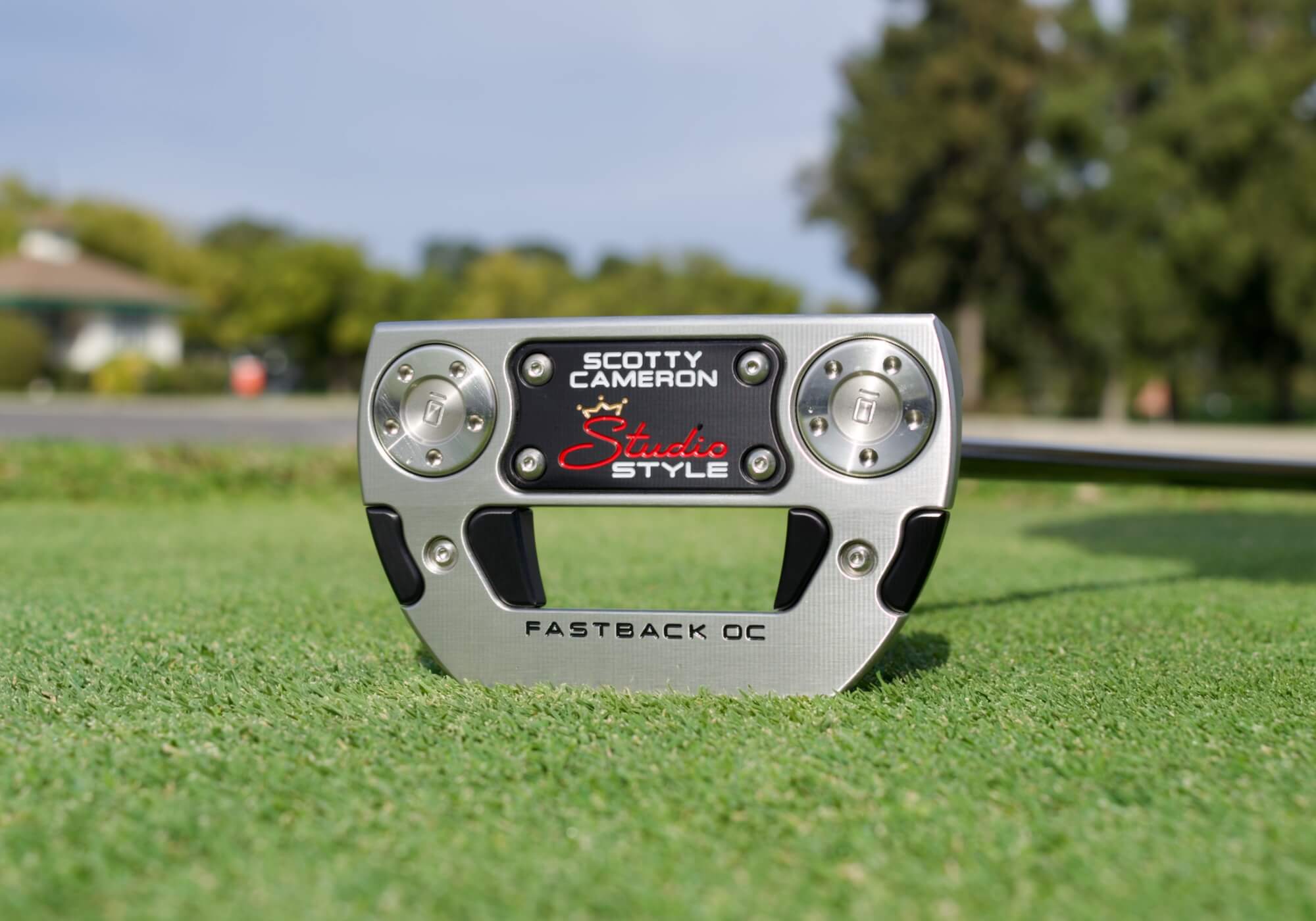
The Scotty Cameron Studio Style Fastback OC made me laugh when I pulled it out of the box. I expected that we would see a zero-torque Phantom model. To see that they figured out how to make a Fastback zero-torque as well was a pleasant surprise.
Seeing the putter for the first time reconfirmed my belief that Austie Rollinson, Scotty Cameron’s Senior Director of Putter R&D, is one seriously creative cat.
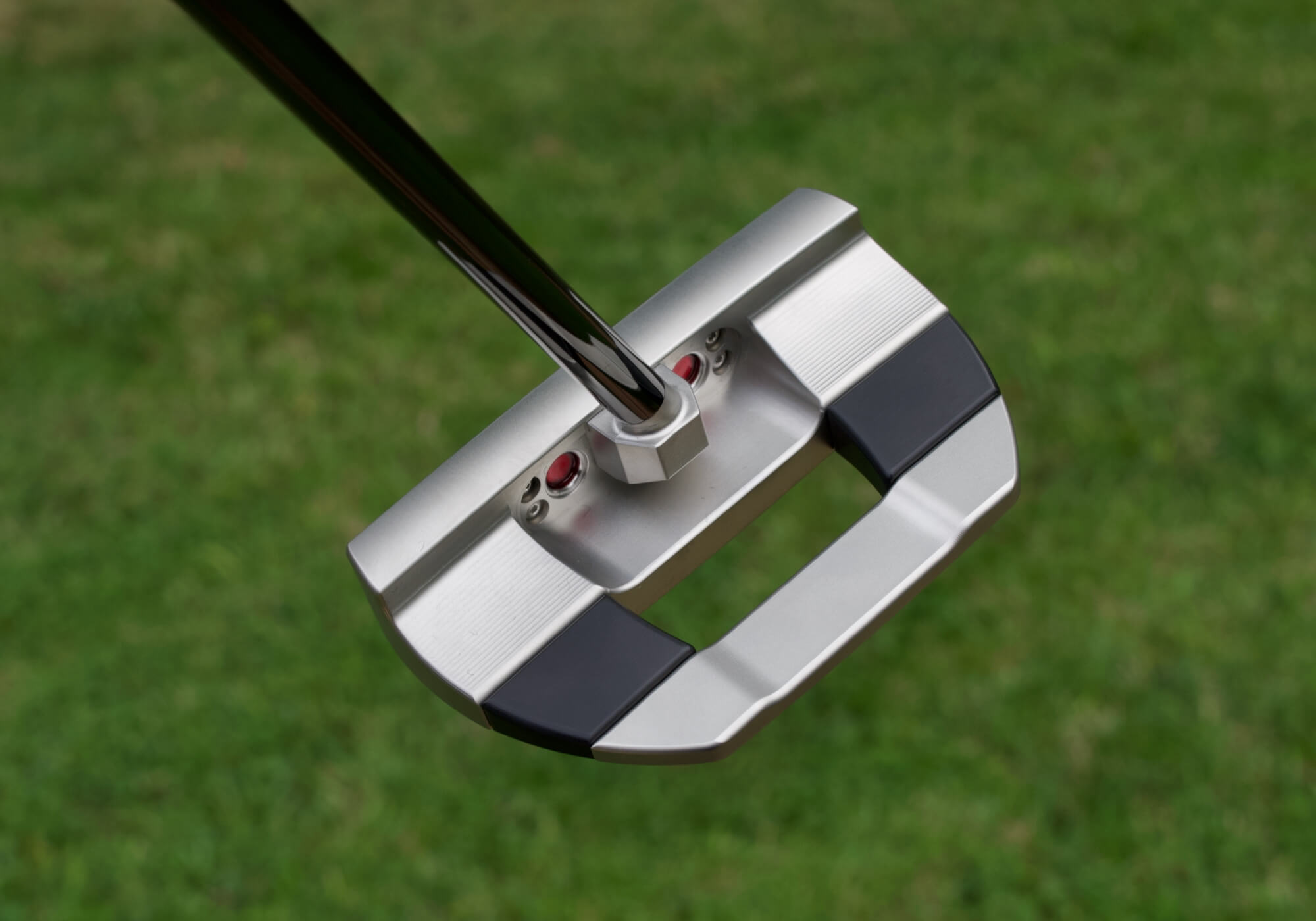
The center of gravity for the Fastback sits well behind the face of the putter. They could have just attached the shaft to the flange and called it a day.
If you search online a bit, you can find some tour prototype zero-torque Fastback putters where the shaft attaches to a lower-sitting adapter in the central cavity dot.
Those Fastback prototype builds delivered zero-torque but, ultimately, the looks didn’t fit Cameron’s Art of Putting aesthetic.
Lifting the shaft up

Desiring to have the shaft attached closer to the top edge of the putter, Rollinson and his team developed a novel 90-degree interface between the cavity and the top of the putter.
I’m not going to say the resulting look is “traditional” but it is way more traditional than mounting the shaft to the back flange.
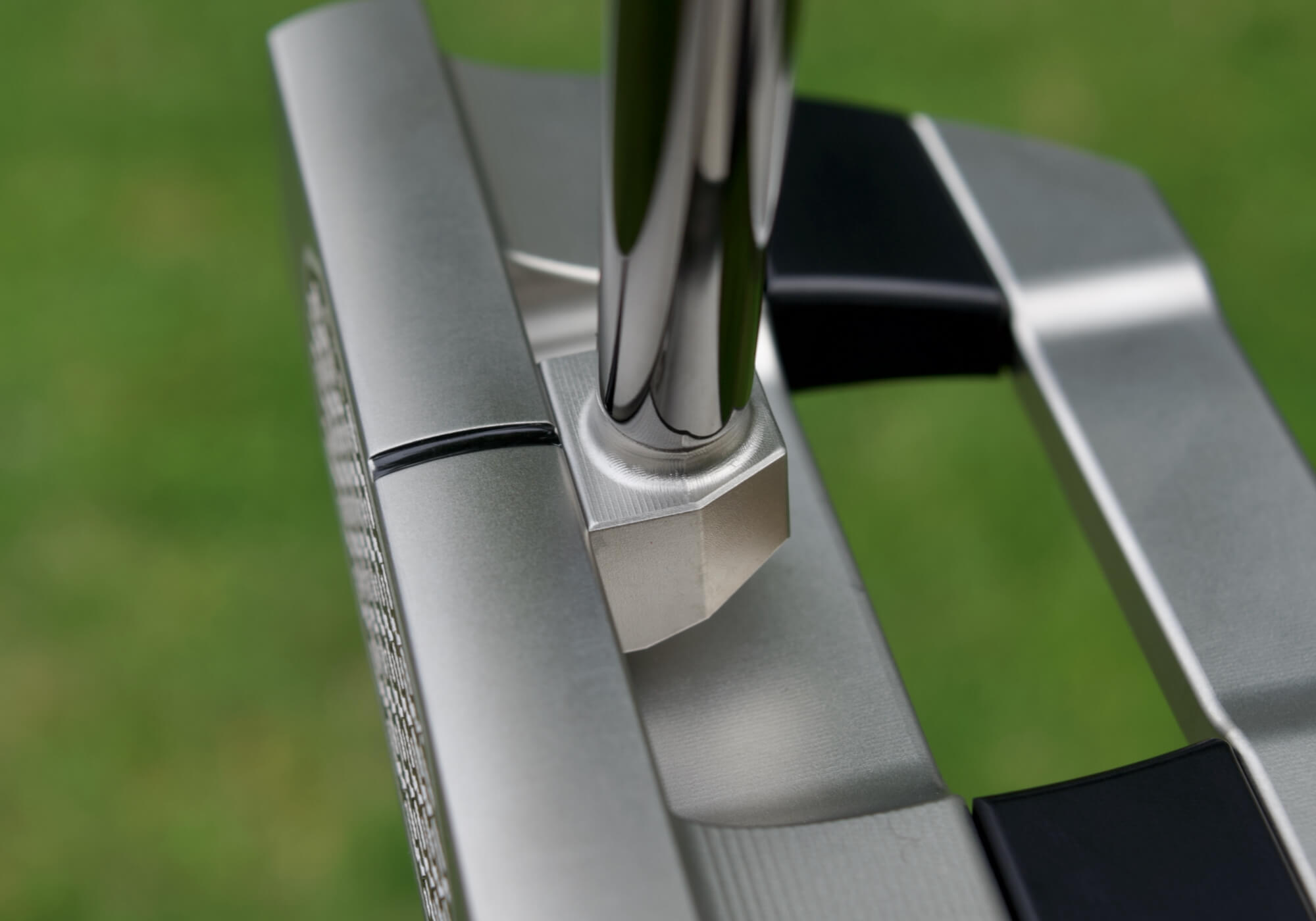
With the Scotty Cameron Studio Style Fastback OC, Cameron was able to create a zero-torque mid-sized mallet that fits perfectly with the overall look and feel of the current Studio Style line.
